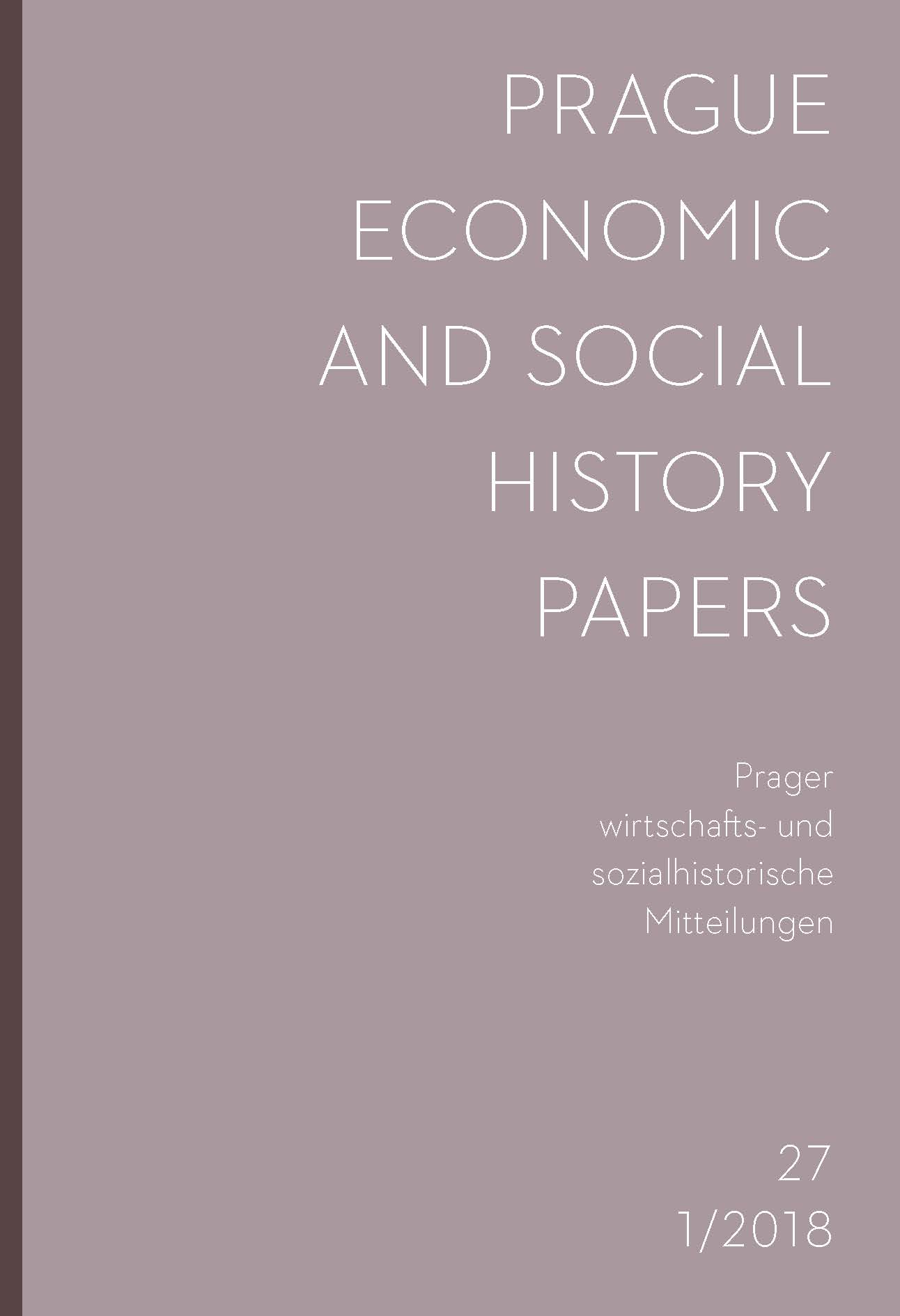Měnová politika Národní banky Československé v období deflace (1929–1934)
Monetary policy of the Banking Office of the Ministry of Finance of interwar Czechoslovakia in period of deflation
Author(s): Jakub KunertSubject(s): Economic history, Interwar Period (1920 - 1939)
Published by: Univerzita Karlova v Praze - Filozofická fakulta, Vydavatelství
Keywords: Czechoslovakia; National Bank; Monetary Policy; Great Depression;
Summary/Abstract: The interwar Czechoslovakia experienced two periods of deflation. The first one (1922–1925) was caused by the monetary policy of the Banking Office of the Ministry of Finance inspired by the ideas of Alois Rašín, Minister of Finance. On the beginning of the interventions of the Banking Office the crown was undervalued but then it rose above its natural level. The rise in the exchange rate of the Czechoslovak crown was followed by the crisis in industry and then banking crisis. After 1923 the exchange rate was stable and in 1929 Czechoslovakia adopted a gold currency (gold exchange standard). The appropriate exchange rate stipulated during the 1920s was later the object of discussions during the Great Depression in the 1930s. The second deflationary period was caused by the falling prices, at first of agricultural and then industrial production. This appreciation of the monetary unit pegged to gold caused a grave internal crisis, for a drop in prices was in conflict with a whole complex of economic elements, especially taxes, wages and debts. Furthermore since the 1920s there was the disparity between the external and internal purchasing power of the crown. This caused the problems for the Czechoslovak export and made Czechoslovakia attractive for the import. Finding the solution how to increase the competitiveness of Czechoslovak wares on the international market was therefore essential. During the years 1929–1934 was National Bank of Czechoslovakia, and its decisive body – the bank board –, confronted with the problems caused by the decline of prices. The bank board had to tackle this problem. The attempts to bring the prices on the appropriate level happened to be the main target of the monetary policy. The paper follows therefore the attitude of the bank board to the question of prices, their conservative policy and attempts to supplement it with the idea to help the economic subjects of Czechoslovakia in the time of world crisis. It tries even to explain their criticism of different types of so called monetary experiments especially promoted by the Anglo-Saxon economists. The period ends by February 1934 with the decision to devaluate the Czechoslovak crone by one sixth. This profound change in monetary policy of Czechoslovakia was then one of the first steps on the way to the recovery of its economy.
Journal: Prague Economic and Social History Papers
- Issue Year: 2018
- Issue No: 1 (27)
- Page Range: 24-74
- Page Count: 51
- Language: Czech

